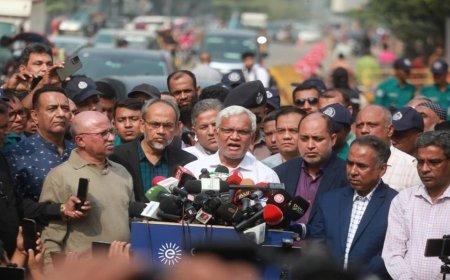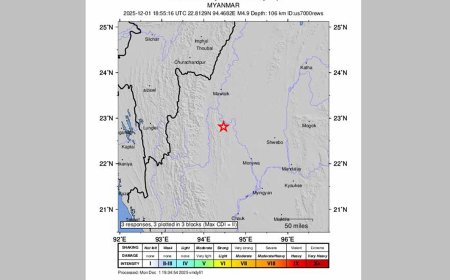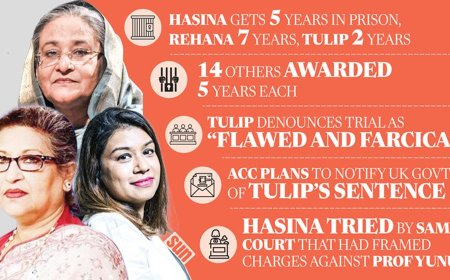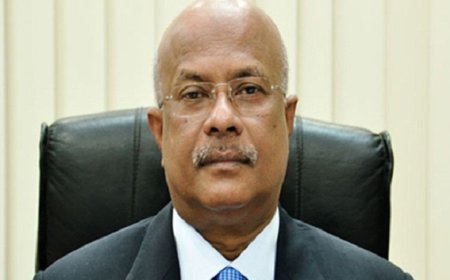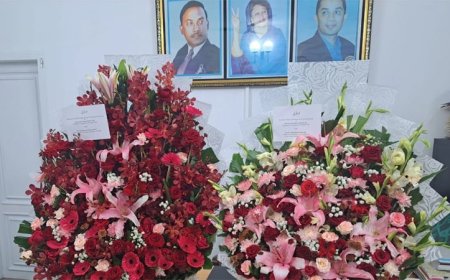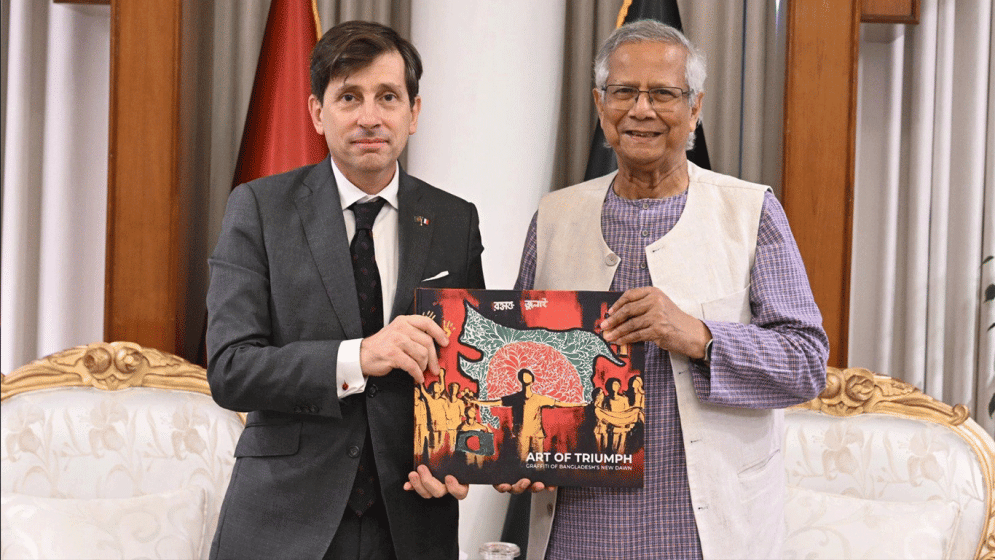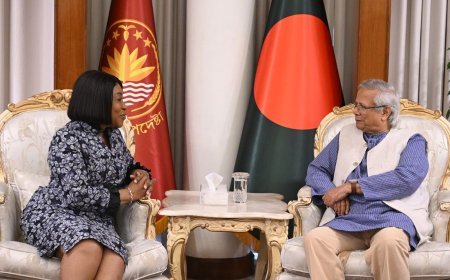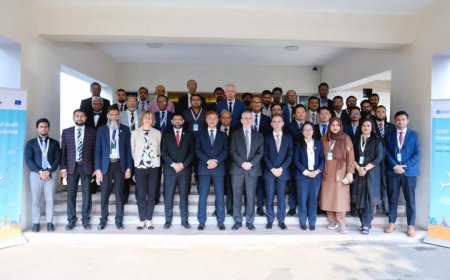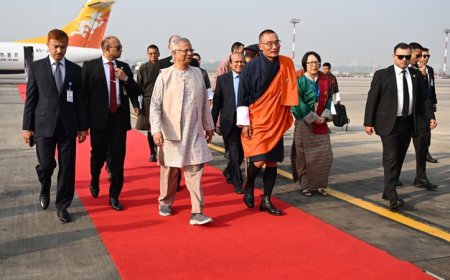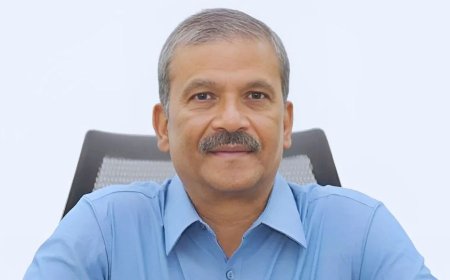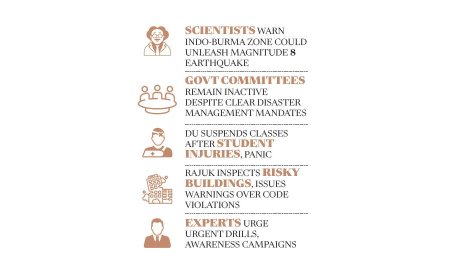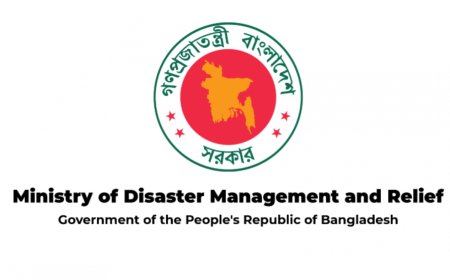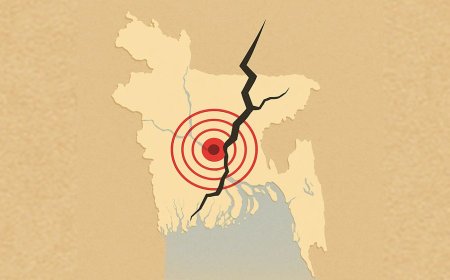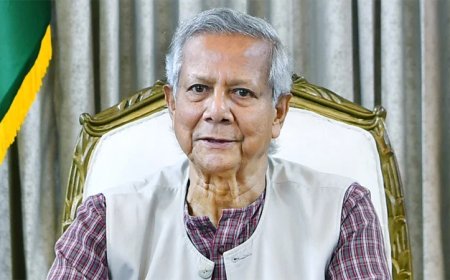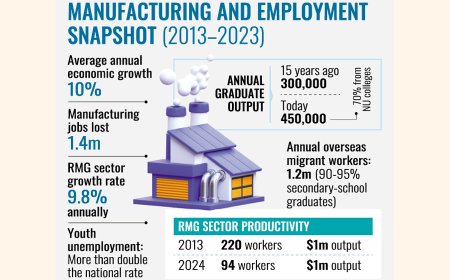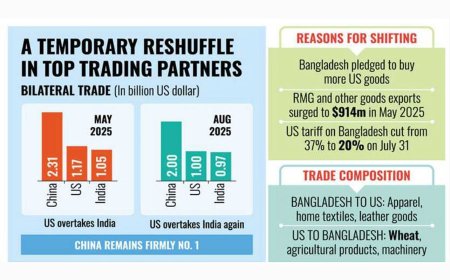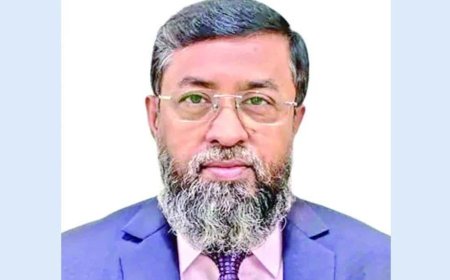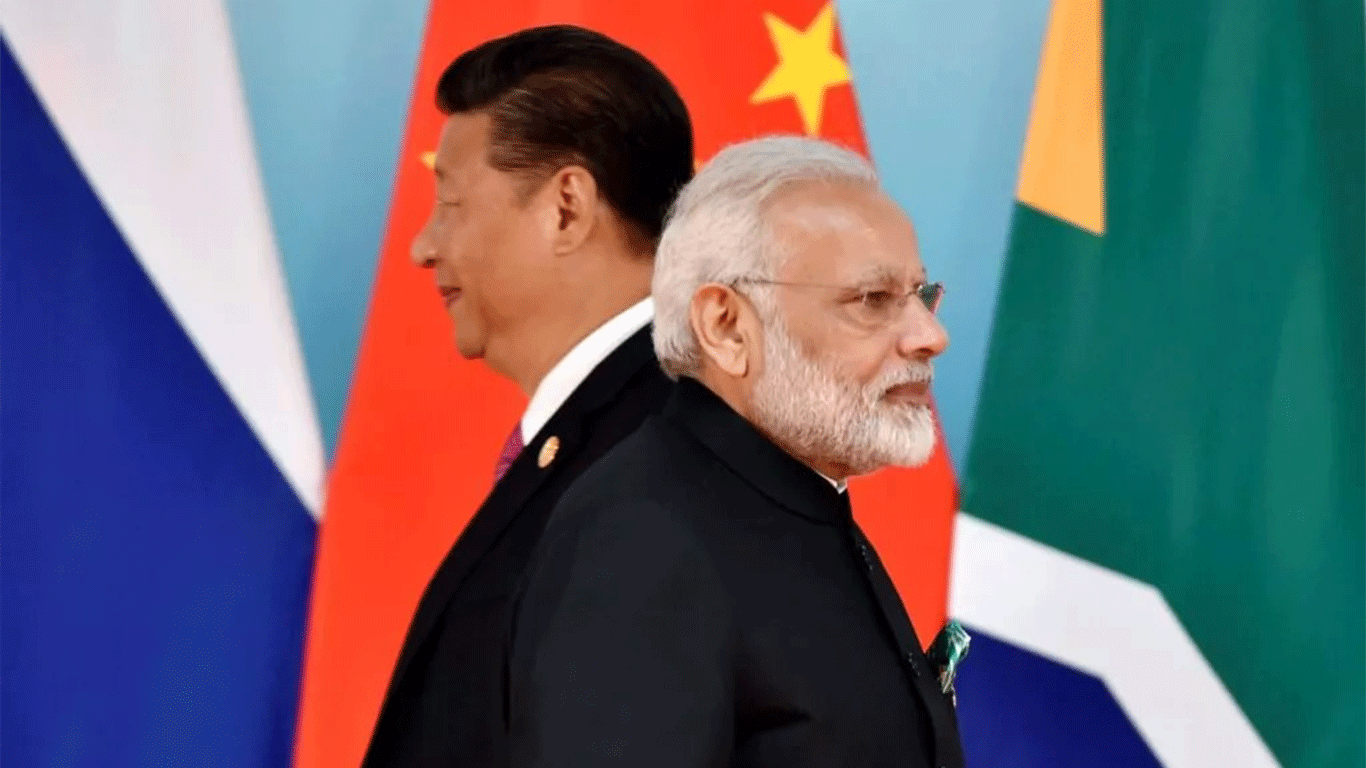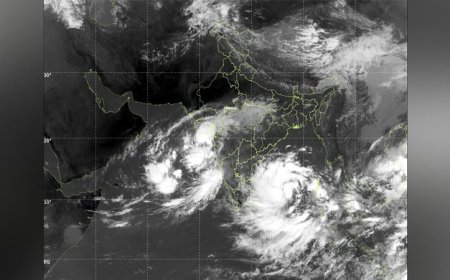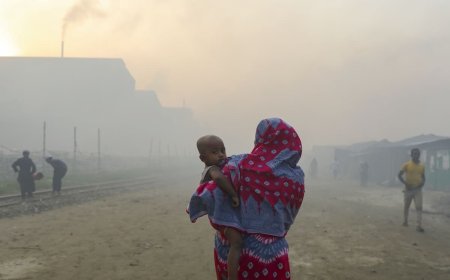From start-ups to industry leaders, innovators are driving change nationwide
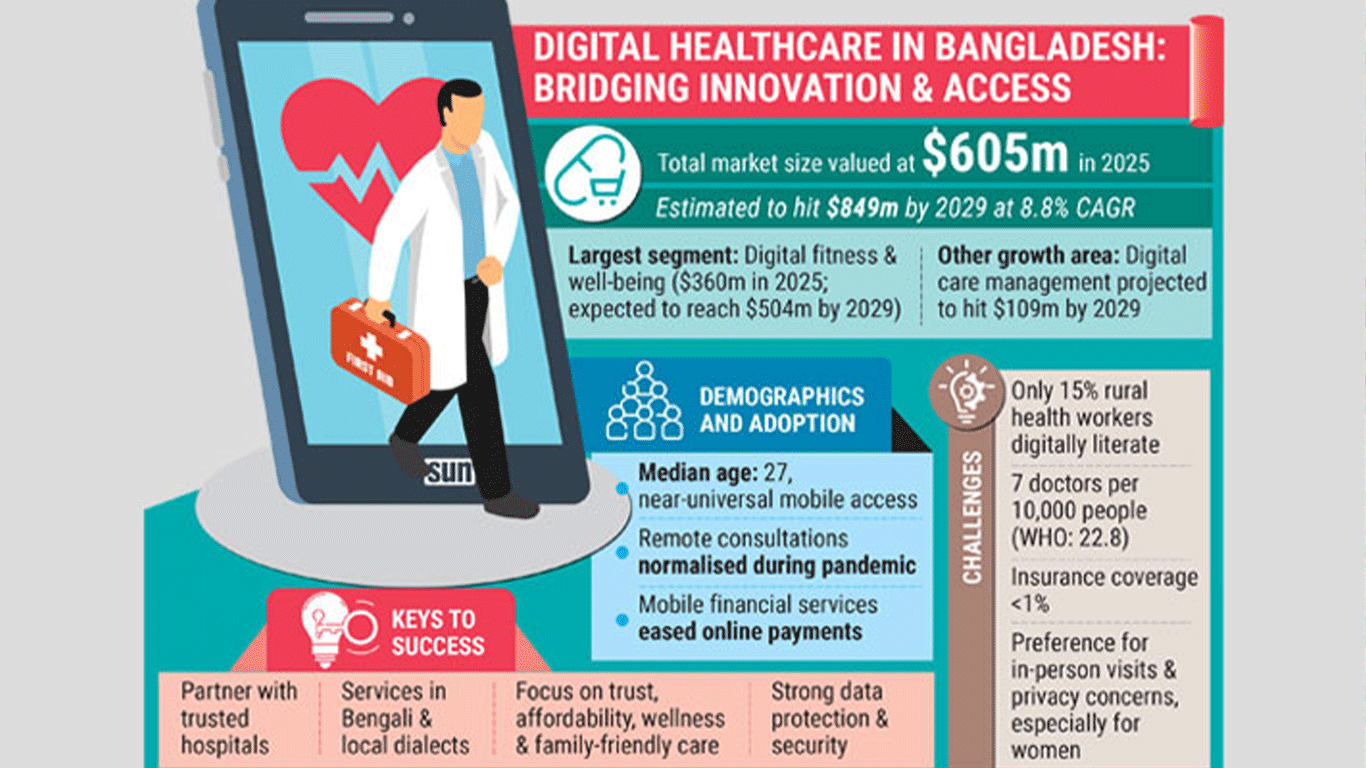
In a quiet village in Pabna, a young mother grips her phone, listening carefully as a doctor’s calm voice flows through the speaker. He asks about her child’s fever, offers guidance, and reassures her — sparing the family a costly and exhausting trip to the nearest clinic.
Such scenes are no longer rare. For millions of Bangladeshis, virtual consultations are becoming part of everyday life, powered by the rapid rise of digital healthcare.
For Ajita Rani Sarker, 64, in Dhaka, technology proved to be a lifeline when she was bedridden with severe flu. Her son booked a telemedicine appointment, allowing her to consult a specialist without leaving home.
“I could barely move, but through the app I got tests done and spoke to a doctor. It was a huge help in a tough time,” she told the Daily Sun.
Stories like these highlight a profound shift in Bangladesh’s healthcare landscape. COVID-19 exposed long-standing weaknesses — shortages of doctors, poor infrastructure, and weak coordination — but it also accelerated the uptake of telemedicine, AI diagnostics, and mobile health apps. These tools are now reshaping how care is delivered and accessed.
The country’s digital healthcare market is valued at $605 million in 2025 and is projected to reach $849 million by 2029, growing at 8.8% annually. The largest segment, digital fitness and well-being, is set to grow from $360 million to $504 million, while digital care management is expected to reach $109 million by 2029, according to industry insiders.
Innovators driving change
From start-ups to industry leaders, innovators are pushing boundaries nationwide.
Praava Health blends telemedicine with physical clinics. Arogga combats counterfeit drugs. Maya offers anonymous health advice in Bangla. CMED Health uses AI for patient monitoring. LifePlus Bangladesh has created a one-stop hub, offering home diagnostics, medicine delivery, and ambulance bookings. Shukhee, from Grameen Digital Healthcare Solutions, provides teleconsultations, home lab tests, and medicine delivery nationwide.
Specialised services are also thriving.
DocTime enables secure video consultations with integrated payments. DoctorKoi’s prescription software, used by over 1,300 doctors, has generated millions of prescriptions. Zaynax Health serves thousands, including garment workers, while AmarLab brings diagnostic tests to patients’ doorsteps.
Milvik Bangladesh, a pioneer in tele-doctor services, combines digital care with micro health, life, and travel insurance, making healthcare and protection affordable for millions.
Pandemic as a turning point
“COVID-19 exposed deep cracks in Bangladesh’s healthcare system, but it also ignited a digital health revolution. Patients are now more empowered and comfortable managing their health digitally,” said Sylvana Quader Sinha, founder and CEO of Praava Health.
With a median age of 27 and near-universal mobile access, Bangladesh is primed for digital adoption. The success of mobile financial services has eased concerns about online payments, while the pandemic normalised remote consultations.
“We see the biggest opportunity in bringing healthcare directly into people’s hands,” said Sharif MD Abid, CEO of LifePlus Bangladesh. “Convenience matters, but trust and affordability will decide success.”
Barriers to growth
Challenges remain. Only 15% of rural health workers are digitally literate. Bangladesh has just 7 doctors per 10,000 people — far below the WHO’s recommended 22.8. More than 70% of digital health projects rely on donor funding, and with health insurance covering less than 1% of the population, affordability is a pressing issue.
Cultural habits also slow uptake. Many still prefer face-to-face visits, especially older patients. Privacy concerns around women’s health and scepticism toward telecom-based advice persist.
Experts argue that trust will depend on stronger partnerships with local hospitals, delivering services in Bangla and regional dialects, offering family-oriented care, and focusing on preventive health. They also stress the need for robust data protection — transparent policies, local storage, user control over data, encryption, and clear breach protocols — alongside collaboration with medical associations and regular audits.
Technology and community
Dr Ahmed Ehsanur Rahman, scientist in the maternal and child health division at icddr,b and member of the government’s health sector reform commission, said technology’s promise depends on community readiness.
“The true impact of technology is realised only when communities are empowered to use it effectively. We must harness digital tools to address persistent health challenges while ensuring unchecked digitalisation does not deepen inequities,” he said.
Back in Pabna, the young mother ends her call, relieved her child’s fever is already easing. For her, digital healthcare has delivered. The challenge now is making that outcome the norm — not the exception.
What's Your Reaction?







